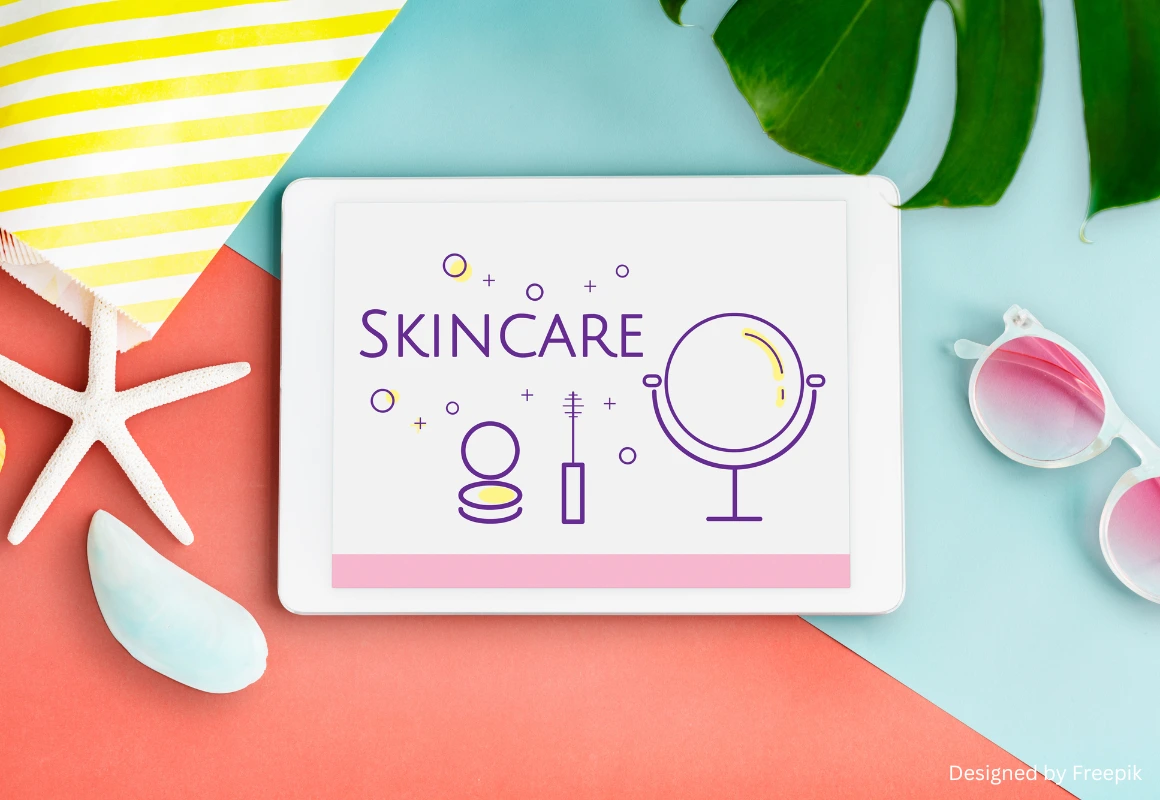Beautiful, Spotless Skin A Comprehensive Guide to Understanding and Treating Melasma & Freckles

Melasma & Freckles: Small Spots, Big Impact on Confidence
For many people, melasma and freckles may seem like small spots on the face, but in reality, they greatly affect confidence. Over time, these spots can spread, darken, and become harder to treat if left unattended. Especially in Thailand, where sunlight is strong year-round, melasma and freckles are concerns many want to resolve.
Melasma usually appears as brown or grayish-brown patches on the cheeks, forehead, or above the lips, with undefined borders. It is caused by multiple factors such as sunlight, hormones, and genetics. Freckles, on the other hand, are small brownish spots scattered across the face, mainly caused by direct sun exposure, and become more prominent under intense sunlight.
Understanding the true causes of melasma and freckles will help us tackle them systematically through prevention, skincare, suitable products, and medical treatments – all of which I will explain in this article.
Know Melasma and Freckles Before Treating Them
Melasma is caused when melanocyte cells produce excess melanin, triggered mainly by sunlight, female hormones (estrogen and progesterone), and genetics. It can be epidermal (superficial) or dermal (deep). Epidermal melasma is easier to treat with topical creams.
Freckles occur when melanocytes produce more pigment in response to UV radiation, resulting in small light or dark brown spots. They often appear from childhood, especially in fair-skinned individuals, and become more visible with sun exposure.
Main Causes of Melasma & Freckles
● Sunlight: UVA and UVB rays stimulate melanocytes to produce more pigment.
● Hormones: Pregnancy or contraceptive pills can trigger hormone fluctuations leading to hyperpigmentation.
● Genetics: A family history of melasma or freckles increases the risk.
● Chemicals & Cosmetics: Certain products can weaken the skin barrier, making it prone to melasma.
● Stress & Sleep Deprivation: High cortisol (stress hormone) levels also stimulate pigment production.
Once we identify the root causes, prevention and treatment become much easier.
Simple Lifestyle Changes to Prevent Melasma & Freckles
Prevention is key, as melasma and freckles are hard to treat but easy to prevent with consistency.
● Apply sunscreen daily, even indoors.
UVA rays penetrate glass, so use sunscreen with SPF 30-50 and PA+++ or PA++++ for effective UVA protection. Apply 15-30 minutes before sun exposure and reapply every 2-3 hours if outdoors.
● Use sun-protective accessories.
Wide-brimmed hats, UV-blocking sunglasses, umbrellas, and long-sleeve shirts help reduce risk effectively.
● Avoid strong sunlight between 10:00 AM – 4:00 PM.
If you must go out, rest in shaded areas to reduce direct exposure time.
● Avoid excessive heat.
Not just sunlight – heat from cooking, saunas, or open flames can also increase pigment production.
Choosing Skincare That Truly Reduces Melasma & Freckles
Effective creams contain active ingredients that inhibit melanin production or help exfoliate pigmented skin cells:
● Vitamin C (Ascorbic Acid) – antioxidant that reduces melanin formation and boosts collagen for clearer skin.
● Niacinamide (Vitamin B3) – inhibits melanin transfer to skin cells, gradually lightening spots.
● Alpha Arbutin – blocks tyrosinase enzyme, directly reducing melasma.
● Kojic Acid – inhibits melanin production but may cause irritation; start with low concentrations or consult a dermatologist.
● Tranexamic Acid – ideal for deep or stubborn melasma as it interrupts pigment production pathways, suitable for long-standing melasma unresponsive to other treatments.
Use these consistently for at least 2-3 months, combined with moisturizers to strengthen the skin barrier and prevent irritation that could worsen melasma.
Nutrition for Clear, Spotless Skin
Healthy eating benefits not only your body but also your skin:
● Vitamin C – guava, oranges, lemons, broccoli; antioxidant that inhibits melanin production.
● Vitamin E – almonds, peanuts, sunflower seeds; protects skin from UV damage.
● Zinc – oysters, red meat, pumpkin seeds; reduces inflammation and regulates hormones.
● Water – drink at least 1.5-2 liters daily for hydrated, radiant skin.
● Limit high-sugar foods – sugar causes glycation, damaging collagen and leading to dull, aging skin.
Medical Treatments: Fast-Track to Clearer Skin
For deep or persistent melasma and freckles, creams alone may not suffice. Dermatological procedures can help:
● Hydroquinone – a long-used melasma treatment with fast results, but must be supervised by doctors due to possible skin thinning or resistance.
● Laser Treatments – Q-Switched Nd:YAG or Picosecond lasers break up pigments for natural removal. Multiple sessions every 2-4 weeks are often required.
● Chemical Peels – using fruit acids (AHAs), TCA, or other acids to exfoliate pigmented skin cells. Best done by certified dermatologists for safety and results.
Healthy Mind, Healthy Skin
Many focus only on creams or lasers but neglect mental health, while stress hormones like cortisol directly stimulate pigment production.
Easy ways to care for your mind:
● Sleep 7-8 hours daily
● Exercise regularly to improve blood circulation and promote skin regeneration
● Practice meditation or deep breathing for 10 minutes daily to calm your mind and reduce accumulated stress
Conclusion – Clear, Spotless Skin Starts Today
Melasma and freckles are difficult to treat but not impossible to overcome. Prevention is the best investment – use appropriate sunscreens, skincare with proven active ingredients, nourish your body with healthy foods, and care for your mental wellbeing. When you commit to all these steps, beautiful clear skin is no longer just a dream.
● American Academy of Dermatology Association. Melasma Treatment Guidelines. https://www.aad.org
● Chiang C, et al. World Journal of Dermatology. Update on Treatment of Melasma.
● Mayo Clinic. Hyperpigmentation Causes and Prevention. https://www.mayoclinic.org
● WebMD. Freckles and Sun Protection. https://www.webmd.com
● Skincare.org. Vitamin C & Arbutin for Hyperpigmentation. 2023.
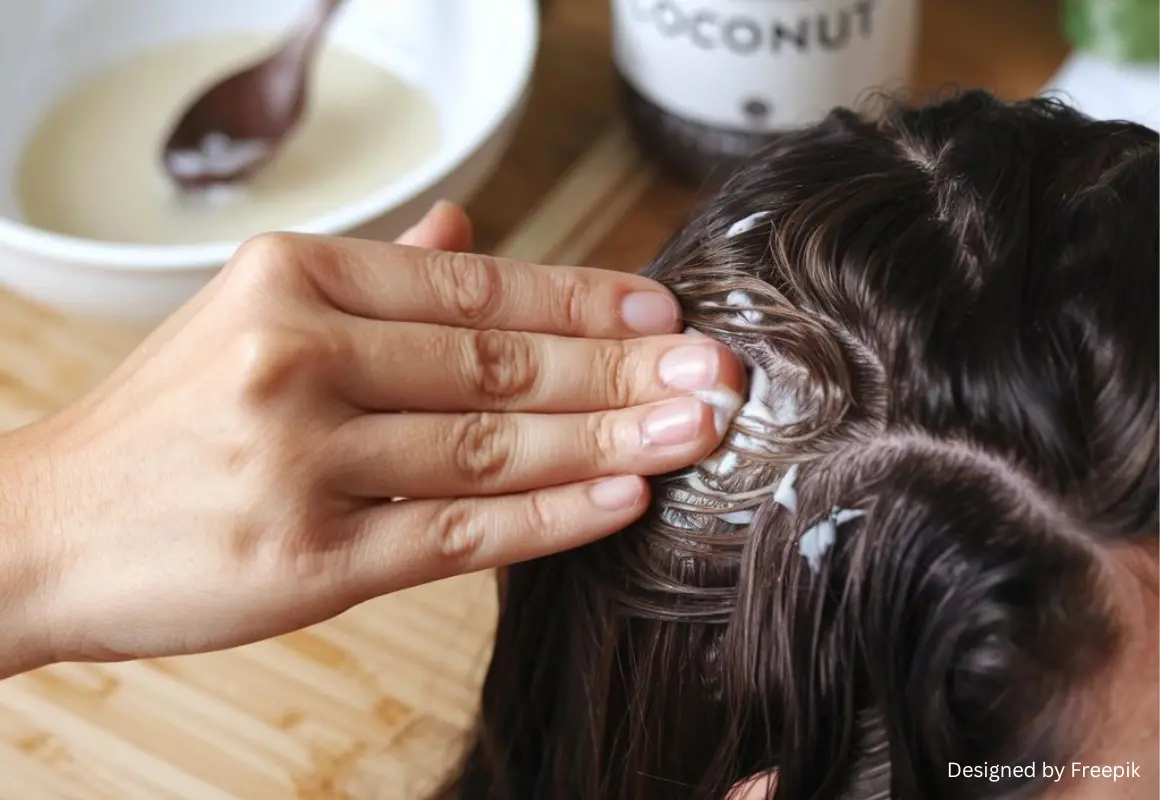
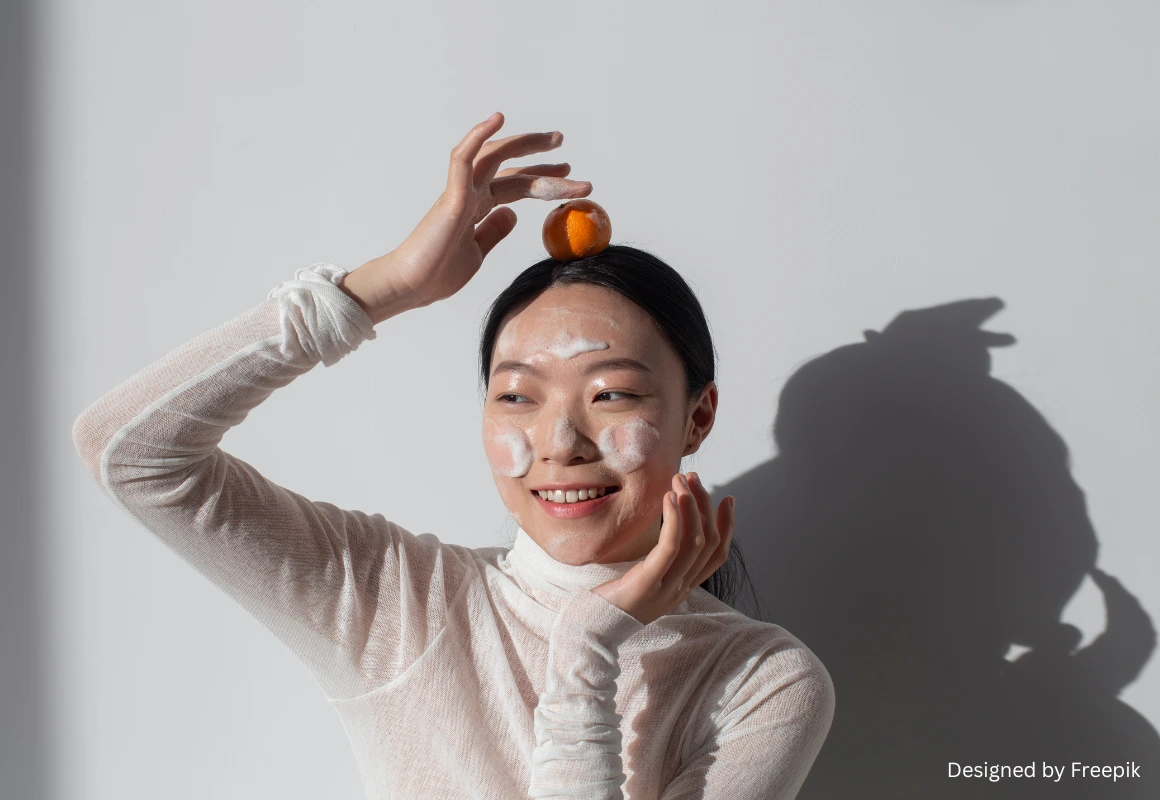
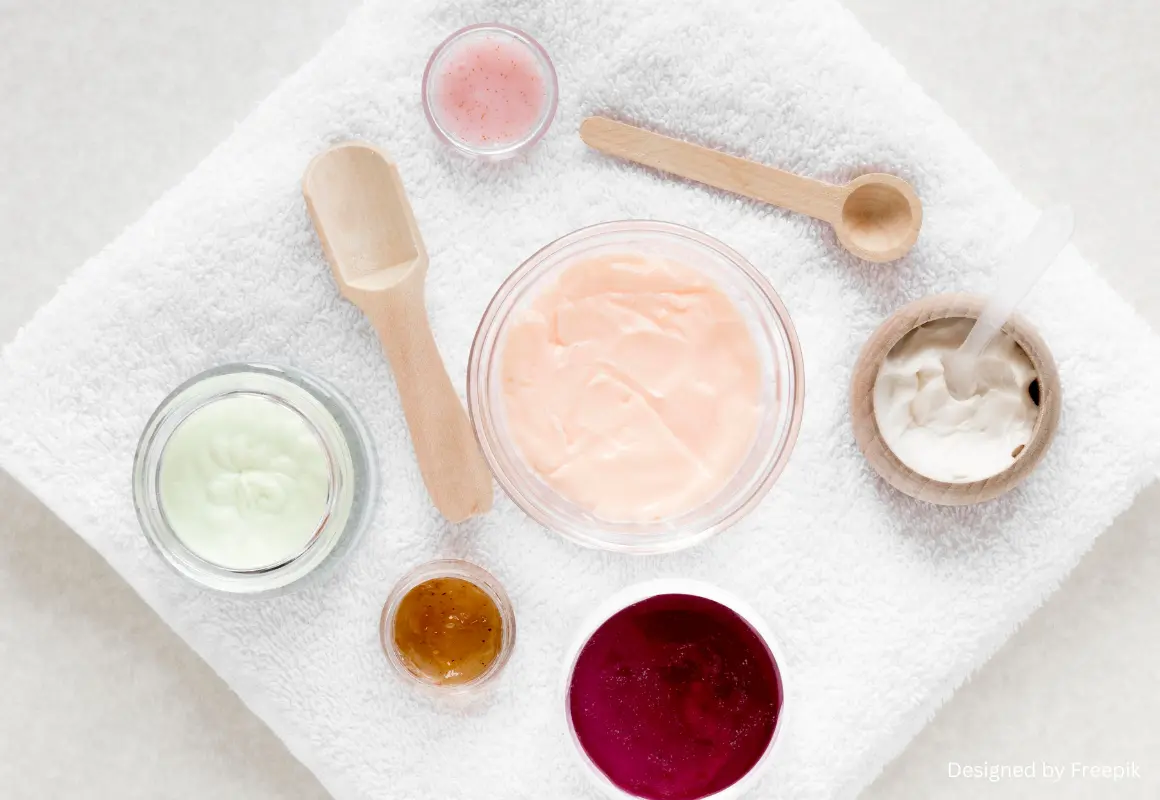

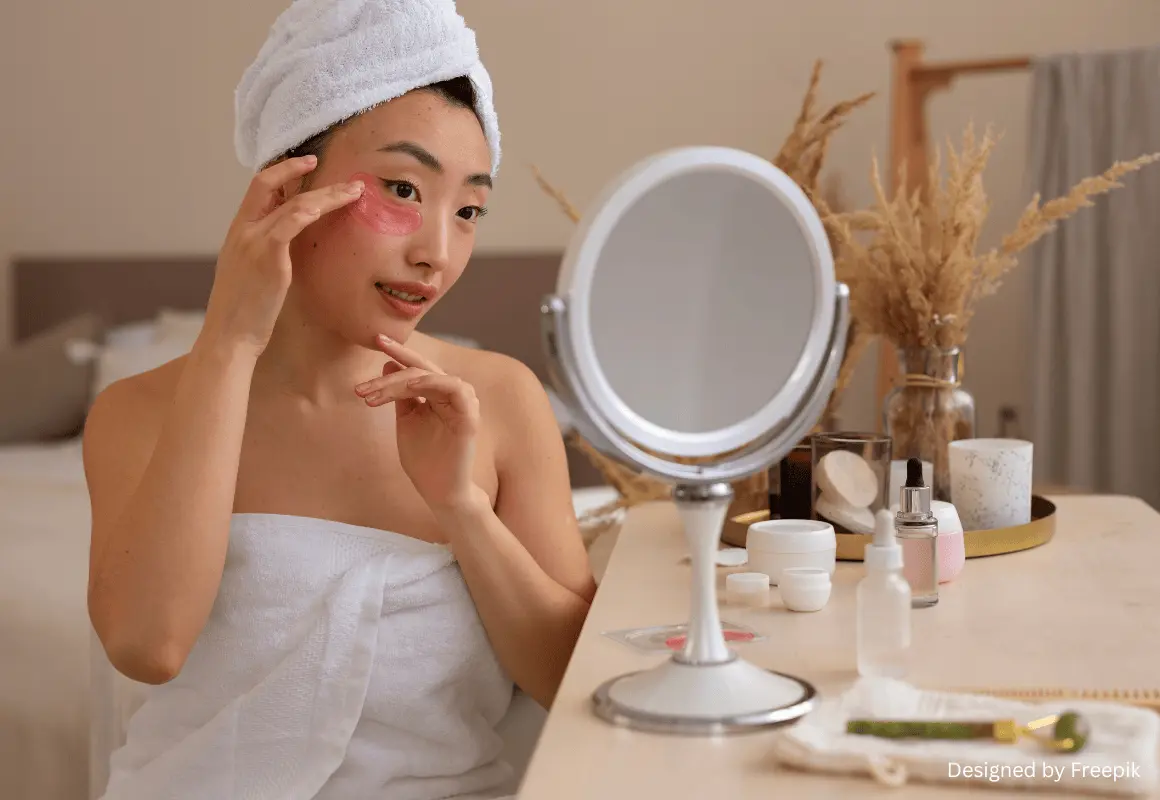

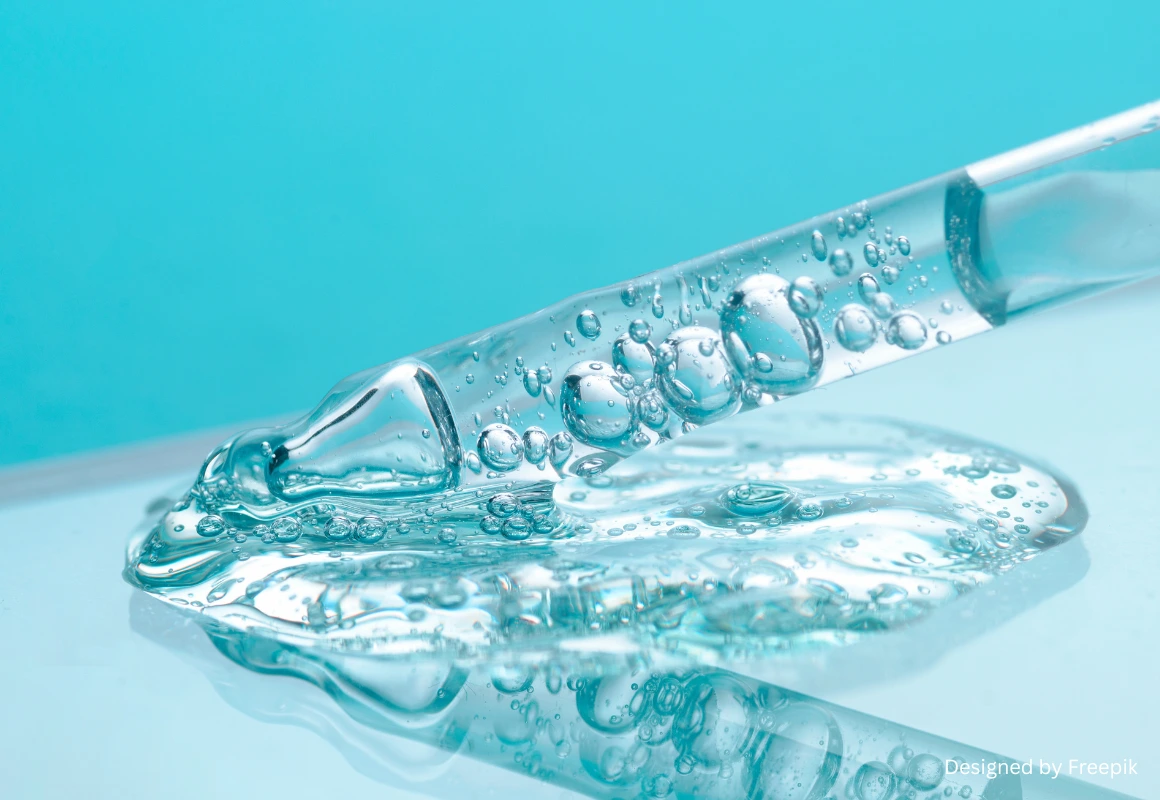
.webp)

